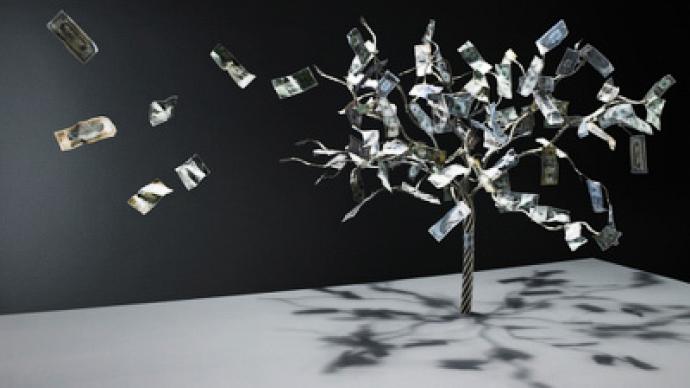Capital outflow picks up steam

Central Bank of Russia Chairman Sergei Ignatyev says Russia is continuing to experience a Capital outflow the current account surplus declines, with increasing foreign borrowings by Russian corporates a key factor.
According to the Ministry of Economic Development Russia’s capital outflow to the end of November had reached $29 billion, well beyond the Central Bank of Russia’s full year forecast of up to $25 billion. Ignatyev says this reflects banking sector transactions and increasing corporate foreign currency accounts.“We did not expect a capital outflow to over take our general forecast of $22 billion by the year end. The total capital flight from Russia in November reached $9 billion, which is more than in September and October combined. One of the reasons is growing foreign assets and the increase of corporate foreign currency accounts” The Russian currency has been weakening over the several weeks driven by a large capital flights despite support from relatively high oil prices noted Vladimir Osakovsky Analyst Unicredit Securities. He says Russia’s shrinking current account surplus is a key factor. “We continue to believe that the capital flight itself was at least partly driven by the continued deterioration of Russia’s current account and trade surpluses, which we see as the key fundamental factors in rouble stability and strength.”Oskaovsky added that the Central Bank’s low rates, combined with the declining current account, are reducing the attractiveness of the Russian currency.“The CBR’s accommodative interest rate policy also added to the pressure on the rouble, simply by not preventing such capital flight. With Russia’s current low interest rates and without any strong fundamentals for further rouble appreciation, the rouble does not appear as an attractive target for capital inflows.”Alexey Ulyukayev First Deputy Chairman of the Central Bank of Russia explained that the acceleration of capital flight from Russia was due to the repayment of debt and asset diversification by large non-financial sector companies. Ignatyev added that the central Bank would monitor the situation and adjust reserve requirements if needed.“If capital inflows accelerate we will increase the obligatory reserve funds for banks. Yet we don’t see that trend. In case of significant capital inflows into Russia, the Central Bank will probably introduce differentiated reserve requirements depending on the liabilities of bank.”














